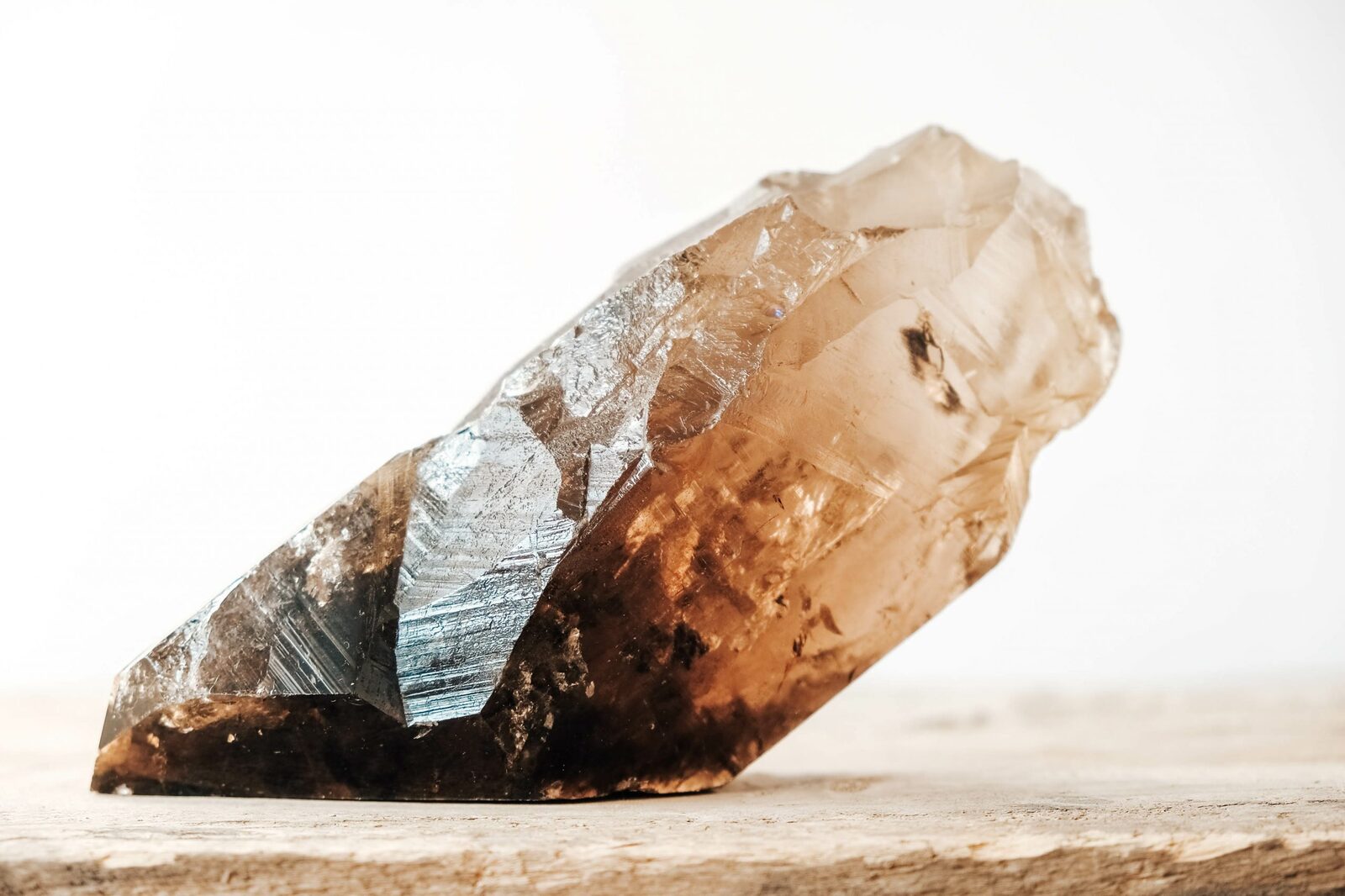Home>Science & Environment>How Quartz Crystals Handle Extreme Temperature Changes


Science & Environment
How Quartz Crystals Handle Extreme Temperature Changes
Published: December 4, 2024
Discover the optimal temperature range for quartz in this comprehensive guide. Explore the science and environmental factors that influence quartz behavior.
(Many of the links in this article redirect to a specific reviewed product. Your purchase of these products through affiliate links helps to generate commission for Temperatures.com, at no extra cost. Learn more)
So, you’re curious about the perfect temperature range for quartz, huh? Well, let me break it down for you. Quartz, that stunning mineral we all admire, thrives within a pretty broad temperature spectrum. We’re talking about a range from about -20°C to +300°C (-4°F to +572°F). Now, that’s what I call versatile!
But here’s the kicker: while quartz can handle quite the span of temperatures, exposing it to sudden shifts can be a no-go. Imagine this – if you take a piece of quartz from a super chilly environment and then immediately expose it to intense heat, that’s when trouble brews. This sudden change can cause cracks or even break the quartz. Not exactly what you want for your precious mineral, right?
So, my advice? Treat your quartz with care. Keep it away from drastic temperature changes. This way, you’ll ensure it stays in tip-top shape, shining and showing off its beauty without any risk of damage. Trust me, quartz is resilient, but even the toughest materials appreciate a little TLC.
















